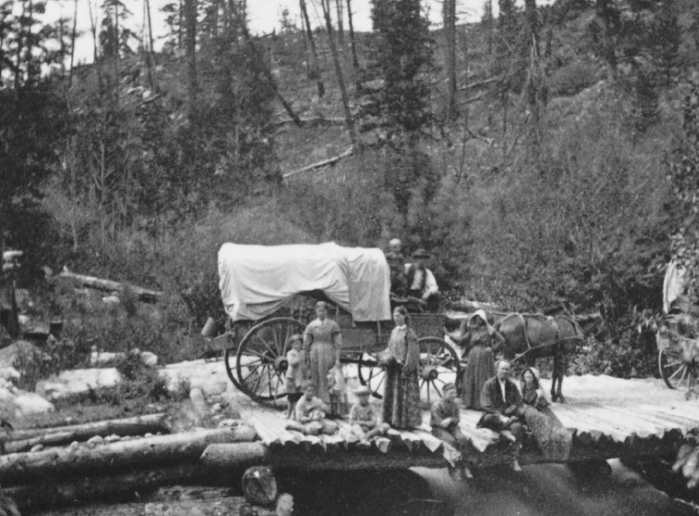What factors spurred westward expansion?
Printed Page 336

BEGINNING IN THE 1840s, the nation’s swelling population, booming economy, and boundless confidence propelled a new era of rapid westward migration. Under the banner of manifest destiny, American migrants encountered Native Americans who inhabited the plains, deserts, and rugged coasts of the West; the British, who claimed the Oregon Country; and Mexicans, whose flag flew over the vast expanse of the Southwest. Nevertheless, by 1850 the United States stretched to the Pacific, and the nation had more than doubled its size.
The human cost of aggressive expansionism was high. The young Mexican nation lost a war and half of its territory. Two centuries of Indian wars, which ended east of the Mississippi during the 1830s, continued for another half century in the West.
CHRONOLOGY
1836
- – Battle of the Alamo.
- – Texas declares independence from Mexico.
1841
- – First wagon trains head west on Oregon Trail.
1845
- – Term manifest destiny is coined.
1846
- – Bear Flag Revolt.
1847
- – Mormons settle in Utah.
1850
- – Utah Territory is annexed.
1851
- – Fort Laramie conference marks the beginning of Indian concentration.
1857
- – Mormon War.